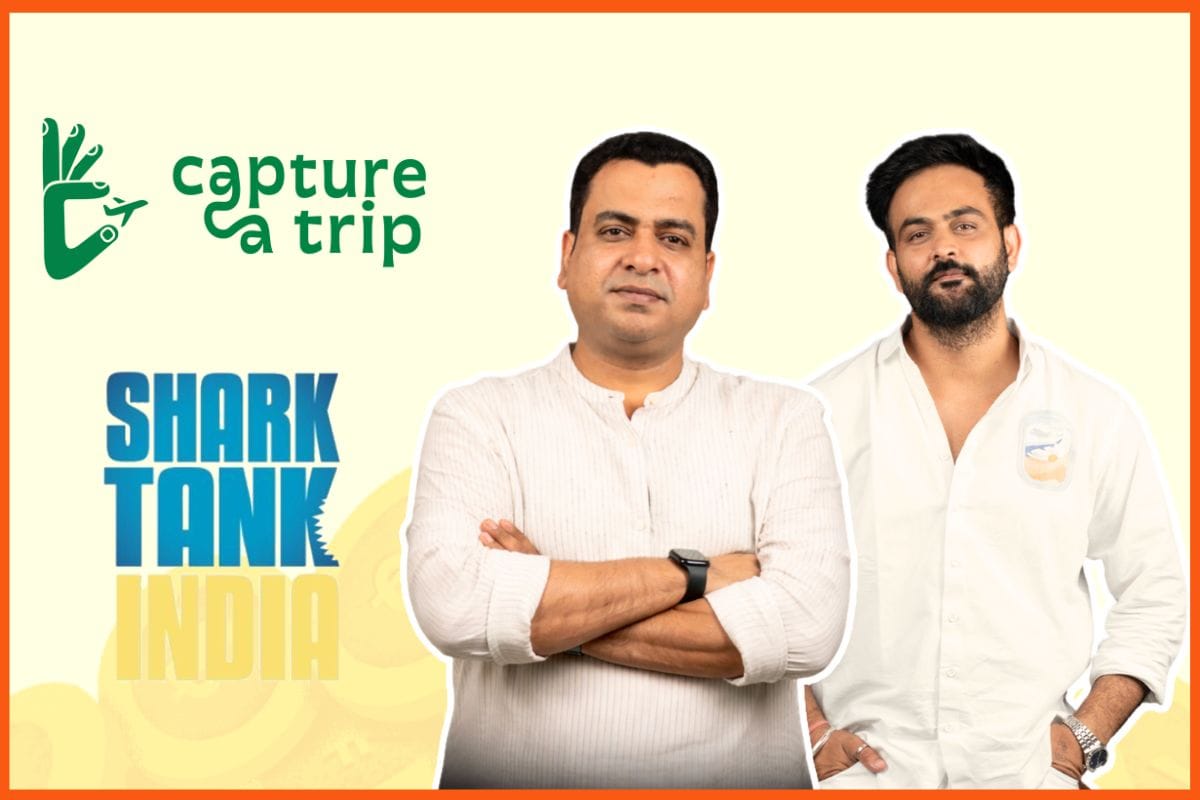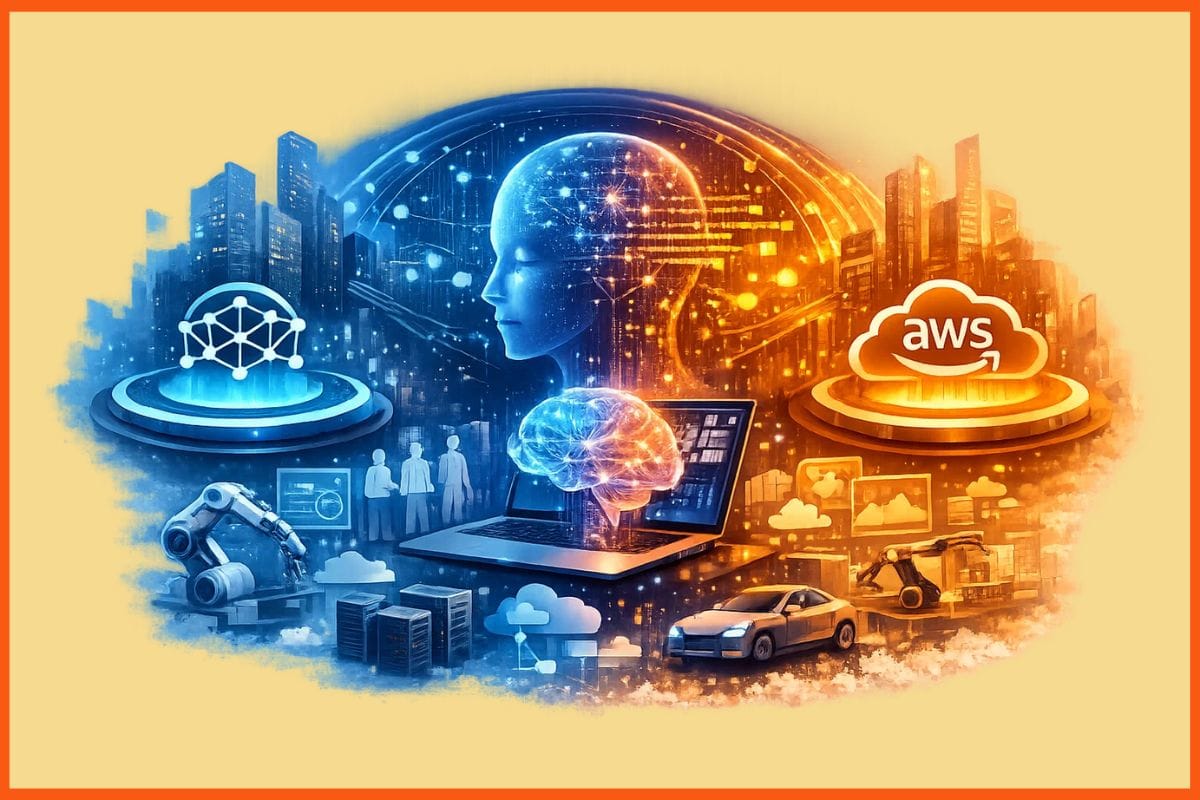Doblin's 10 types of Innovation Framework and How You Can Use It?
🔍Insights
Innovation is a part of moving forward. It can be summed up as the process of coming up with something original or updating anything. We have come a long way from drawing on caves to using PowerPoint presentations for the art of storytelling, using CDs and cassettes to just plugging in our earphones into our devices to listen to music. Smartphones serve as yet another good example; you can do anything with them, from watching movies, clicking pictures, to playing games.
Innovation is the only way forward and has long been a part of our society in every aspect, and it is a very crucial part of a business, helping it stand out and attract the right opportunities to thrive.
With innovation, you are always one step ahead of your competition. It gives you the advantage of staying relevant with the times by keeping up with changes and adapting to the environment. It can also help you to keep pace with the ever-changing wants and demands of your consumers and the market.
Types of Innovations
Doblin's 10 Types of Innovation Framework
Types of Innovations
Disruptive innovation
Disruptive innovation involves creating a concept, product, or service that disrupts an existing market or creates a completely new one. Additionally, you can do this by targeting consumer segments that have been overlooked by established companies for so long.
Radical innovation
Radical innovations open the gates to new markets. With the introduction of new technology, business models, services and more radical innovations are considered rare.
Incremental innovation
As an incremental innovation, existing technology is used to enhance existing offerings by adding novel features such as revamped packaging to existing marketing.
Architectural innovation
The innovative architecture includes tapping into new markets with your domain expertise and skills.
Doblin's 10 Types of Innovation Framework
There exist so many innovation frameworks that have been introduced and discovered by well-known personalities like McKinsey, W. Chan Kim and Renee Mauborgne, Kelley and company.
These frameworks have evolved from simple linear, sequential models to more complex models today. We have open innovation, blue ocean strategy, ally vs acquire, three horizons, and more. But the innovation frameworks that are widely accepted and commonly used in today's times are “10 innovation frameworks” that were identified by Doblin.
He observed that all innovations are built upon the foundation of some same basic elements. These ten elements were then grouped into three main areas, which were mainly classified into three categories, Configuration, Offerings, and System.
Configuration
Furthermore, under configuration falls everything that has to do with what transpires inside the business along with the systems that form its foundation.
1. Profit
The profit-making business model is as simple as the word suggests itself. It is about when you wish capital to flow into your business. This model allows organizations to make money continuously. As a company, ask yourself, “How does your company generate income?” or how it can generate additional income.
How can you use it?
- Assess what are the core activities that get the money in
- Evaluate the existing and latest innovative models that generate revenue for your business
- See what you can do differently when you desire to generate more profit
- Focus on where you are getting your money from?
- Find out what is the product or the line extension can help to give a boost to your sales
- Create a value offering for your consumers that no other competitor's brand can give by creating a unique USP (Unique Selling Point)
- Challenge your assumptions and find creative perspectives to look at the way you do things in your company
For example, Chupa Chups leveraged their product by introducing candies with a new package design to fit the occasion of Halloween and practised moment marketing to make additional revenue.


Network
To create value through networking, you must know who and how to deal with it. Maintaining relevance and staying connected is a key component of collaboration. You collaborate with others, work with them, establish a common ground, and aim towards achieving both organizations' common goals/objectives.
How can you use it?
- Consider the internal capabilities of your company, evaluate and see if there are any areas that provide the opportunities for a successful collaboration.
- Identify the common aims, objectives, and goals of the other organization that you are collaborating with.
- Connect with others to create value.
- Find the right networks that will be assets to your company.
Remember when Stranger Things collaborated with Nike, Adidas, Baskin-Robbins, Levis, H&M including 75 more other brands because these brands apparently aligned with the 90s theme of the web series.

Ashish Chanchlani's latest collaboration with Amazon's mini-TV is yet another stellar example. In the video, there was a staged act in which Ashish Chanchlani's number was revealed. That led to many people calling on the number to speak to him.

Almost 3 lakh calls were made on the number, where they were met with a pop-up from True Caller showing Chanchlanis ID and a pre-recorded voicemail that successfully delivered the message of raising awareness for the newly released Amazon mini-TV. This is a perfect example of both channel and customer engagement innovation frameworks.
Structure
This framework has to do with managing companies' assets, and here assets include both tangible and intangible assets that a company may have.
How can you use it?
Examine your assets, intangible, and tangible, such as companies' capabilities, incentives, brands, facilities, resources, etc.
- Keep an eye on the design and structure of your assets.
- Monitor the structure continually to get effective results.
- Find ways to align your talent with your assets.
- Construct a distinct and sophisticated structure for your business that cannot be copied by your competitors.
Take the example of Google. The 20 percent rule is what made the company famous in 2004. The employees were allowed to spend 20 percent of their time working on side projects. That, they thought, would help Google thrive. This led to the origin of Gmail and Google News. As a result, they were able to train their employees and create value from an intangible asset (their talent).
Process
Process innovation framework aims at optimizing the process of producing the final product. By making changes in the technology and equipment that is used to design, develop and manufacture your products. Which helps you save time and money and provide better customer service.
How can you use it?
- Innovate novel processes and techniques.
- Try cutting-edge software and equipment in areas like production, delivery, support services etc.
- Use process innovation to produce or deliver original or significantly improved products.
- Upgrade to the latest and advanced technology and equipment to design, develop and manufacture your products.
For example, boAt does this by manufacturing its products in China. The company's origins lie in India. In any case, manufacturing the product in China solves a problem that reduces production costs. In addition, it makes the product affordable, helping the brand to remain competitive in the market and meet customer demands.
Offerings
In the category of offerings, innovations are directed towards the firm's core products and services, or both. What a company can offer to a customer regarding value and experience.
Product Performance
Product performance innovation overall involves product and process innovation. Here, changes are made to a product regarding its features, quality, price, etc. It is necessary to keep the product up to date with the changing demands and wants in the market. Or the product will be considered outdated and soon be forgotten.
How can you use it?
- Think of creative or interesting ways to upgrade your product.
- Play with the price, quality, feature set, capabilities, or functionality of your products.
- Devise packaging that stands out,- e.g., doves packaging.
- Have distinguishable functionality and features of your products.
A prime example is the unveiling of BMW's colour-changing car, using electrophoretic technology to change its shade on the surface in an instant using electronic ink.

Product system
Pen and ink, car and petrol, a smartphone and a SIM card. These are just some examples of complementary products. They are often purchased together or offer added value when used together.
When using the process innovation framework, the primary goal is to combine products, services. Or any other main offering/ the core value proposition of your business. Rather than handling one product or service and more when you group them, this framework allows you to make it easier to manage them together.
How can you use it?
- Identify potential opportunities to innovate.
- Develop systems that are robust, scalable, and modular.
- Try bundling and complementing your products/services.
- Ensure that you build ecosystems that satisfy your customers.
- Create extensions that work with existing products. Keep in mind that you may not necessarily have to manufacture these extensions.
For example, one of the very well-known brands in the grooming sector that falls under the umbrella of P&G is (Procter and Gamble's) Gillette employs this framework very well. They cater to two segments of the market, men, and women. Their product systems include complementary products like disposable blades, blade refills that go with their razors.

Experience
The experience is more focused on the consumer. All that the consumer experiences interacting with your company's products, services, or overall, in any way with the company itself.
Service
The way you treat your customers speaks volumes. They rely on you to get what they want. A business-to-customer relationship involves not just a relationship between a buyer and a seller, but also a relationship of trust. So, if a consumer is getting something from your brand, they are trusting you to deliver that value.
How can you use it?
- Add value to your service, come up with original and creative ideas on how you can make the How can you stand out from your competitors?
- Make the purchasing process easier for your audience.
- Keep your landing page simple with an easy-to-navigate design.
- Give them all the information that they might need to reach you.
- Have a call to action to make their buying process more convenient.
- Enhance and support that surrounds your offerings.
Just in the case of Domino's, their value lies in their very smart and creative service. That is, to deliver their pizzas to their consumers in just half an hour all over India, or to offer it for free if it wasn't delivered in that time frame.
Another example is Starbucks, which is using technology and experiential methods to innovate its customer service. They have created a whole culture around their product which makes the space so friendly, comfortable and delightful for the customers.
Channel
It is extremely valuable for consumers to know that your brand exists to provide them with the product or service that they are looking for. Channels are a great way to be discovered by consumers, both existing and potential consumers. Thanks to booming technology and the rise of smartphones, brands are now making it a priority to stay relevant with the changing times. And connect with their consumers not only through offline mediums but also online.
How can you use it?
- Look at the data of where your audience is and which is the platform that you are comfortable using
- Revisit and review your landing page. Does it have a simple user interface? Does it give all the necessary information that your consumer needs to connect with you?
- Ask how you are delivering your offerings to customers or users.
- Evaluate your audience's preferences, see if they are okay with using digital platforms, or if they would like or want to visit the store and buy your products.
- Have a call to action. Always make your organization easy to reach out to. For example, chatbots are available on many pages to answer questions and more.
For example, Plum recently opened its doors to its first-ever store at the R- City Mall, Mumbai. And it aims to open more than 50 stores by the year 2023. As part of its strategy to create an Omnichannel approach, the brand is seeking to create a platform to connect its consumers not just online but also through retail stores.

McCafe gave a novel twist to the billboard and used actual smoke to replicate their hot steaming coffee.
Brand
Every brand has its core values. Consider the print ad campaign by Cadbury to thank the people working in the unorganized sector. The print ad itself spoke to what Cadbury as a brand stands for.
Their vision statement also includes caring for both the well-being of the people and their planet. This obviously shows that they value all the people associated with them.
The integrated value into their marketing message and clearly stated that they stand against bullying. And they see and care for the people, even if they work in unorganized sectors’
Likewise, its Purple Heart campaign entailed standing up for your friends who face bullying by trolls. It involved a lot of celebrities fighting hate online with purple hearts under the #heartthehate hashtag. Again, showing how they present themselves as a brand and create a strong position.

How can you use it?
- Revisit your core values and beliefs as a brand.
- Integrate your core values, mission, vision with your audience's values, and beliefs in your marketing strategies.
- Focus on how do you present yourself and your offerings?
Customer engagement
Customer engagement enables you to get your hands on one of the things that are valuable to every company: consumers' data, which can help give you insights through their feedback. Consumer engagement innovation is about how you connect with your target audience (TG), which includes both your existing and potential customers. As a result, your customers become loyal and feel connected to your business.
How can you use it?
- Try different marketing tactics.
- Understand your audience.
- See which marketing strategy suits the situation with your current goals and time.
- Keep the strategies relevant and find common ground with your consumers.
- Try distinctive ways in which you can foster interaction with your consumers.
Coca-Cola plays with personalized and experiential marketing strategies to get their consumers engaged and have better brand recall and increased brand loyalty, and even drive up their sales.
With their Open Happiness campaign, based on data analytics, they helped migrant workers in the U.A.E. connect with their families. By allowing them to use the bottle caps of Coke bottles as currency to operate the telephone booth set up by the company.

Conclusion
The 10 types of innovation frameworks by Doblin can help increase the overall efficiency of your business. Understanding your company's needs will allow you to use the correct innovation framework. These innovation frameworks can also be used in combination if required to get the desired results. Innovation is an imperative aspect of a business, and one cannot thrive without innovation in society.
FAQ
What is the Doblin framework?
Doblin framework is a set of structured easy-to-use cards divided into different types of innovations.
What are innovation frameworks?
Innovation framework is a structure designed to help businesses evaluate their strengths and weaknesses, take an informed decisions and build strategies.
What are the types of innovation frameworks?
Profit Model, Network, Structure, Process, Product Performance, Product System, Service, Channel, Brand, and Customer Engagement are types of innovation frameworks.
Must have tools for startups - Recommended by StartupTalky
- Convert Visitors into Leads- SeizeLead
- Website Builder SquareSpace
- Manage your business Smoothly Google Business Suite





